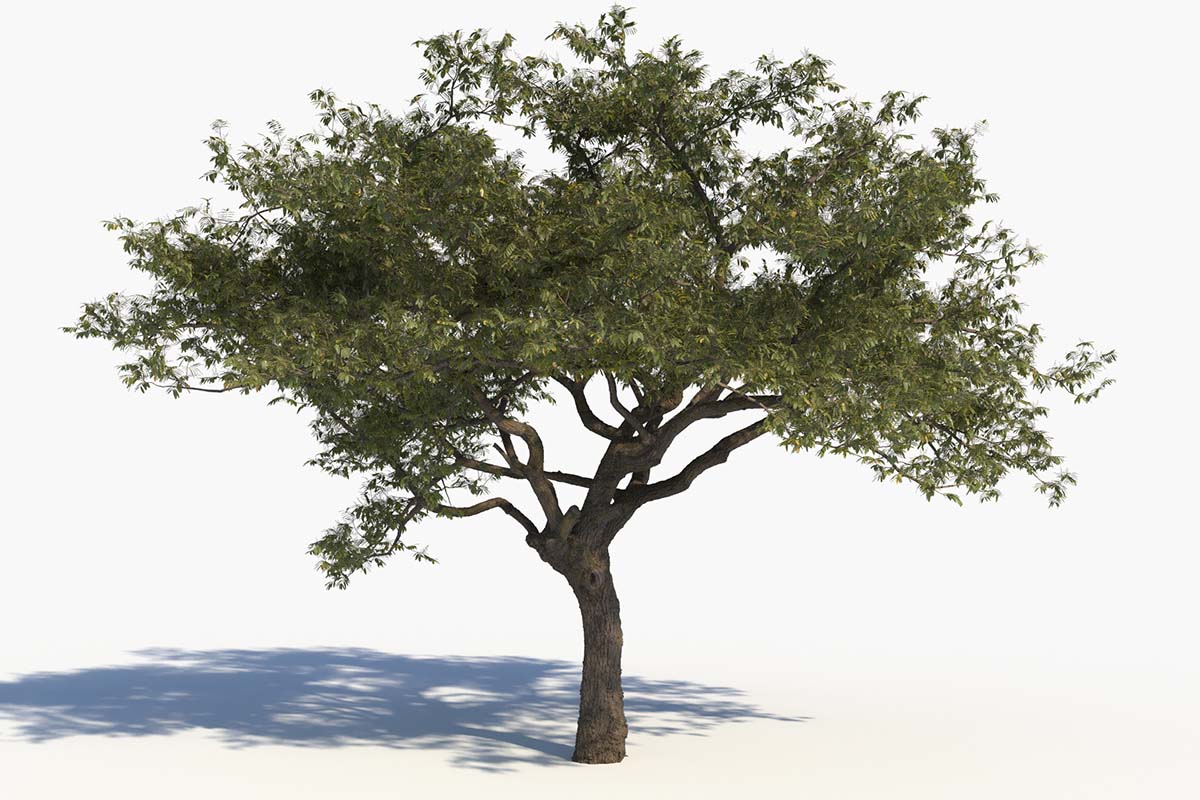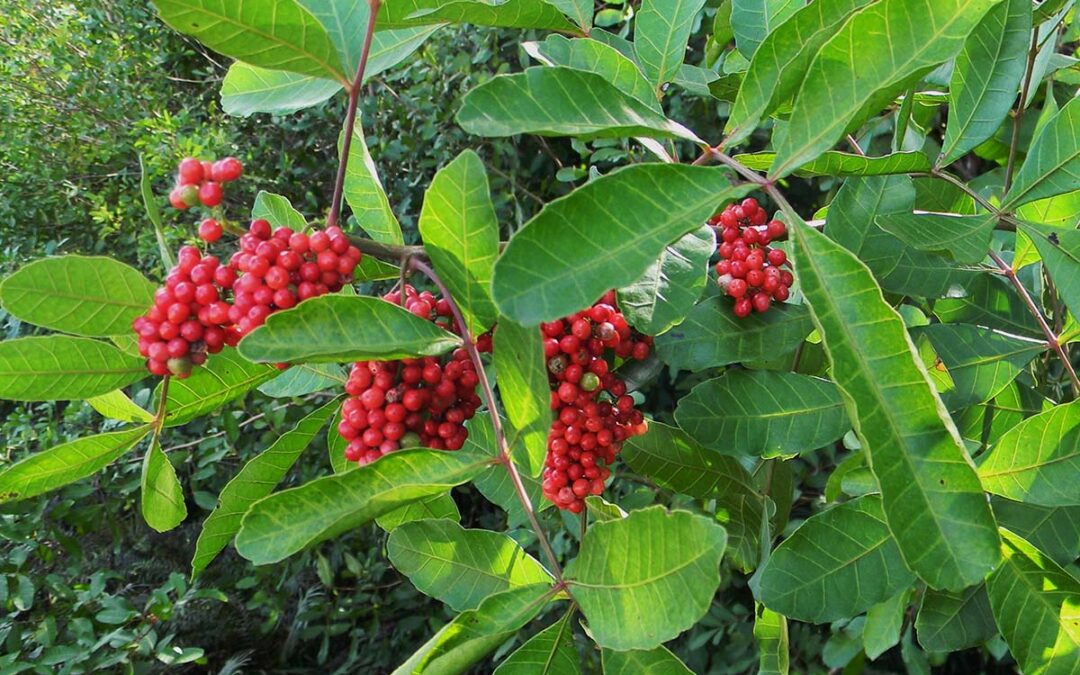Invasive exotic plants are altering the natural landscape of Florida and often we homeowners innocently spread them. Exotics (or not native-to-Florida plants) are those that were not in the state before European colonization. Of the 1,400 or so exotic species that are established outside of cultivation, only about 11% are considered invasive.

A plant is potentially invasive if it is adaptable to our climate, easy to propagate, or self-propagates by disbursing seeds or aggressive underground runners and has the potential to rapidly take over natural areas. Why does it matter? It costs millions of taxpayer dollars every year to remove exotic pests from Florida public lands.
The exotics interfere with native wildlife that depend on natural ecosystems, destroying their habitats. The exotic pests are invading our beautiful University Park neighborhoods, some doing more damage than others. And it will be costly to get rid of them. To learn what plants are potentially invasive in University Park, go to www.fleppc.org for a list of “bad guys” in the plant world.
For starters, we have been invaded by Brazilian Pepper, Mexican Petunia, Pothos Ivy, Air Potato Vine, Wedelia, Asparagus Fern, Coral Vine, and Sansevieria. Some of these invaders are lovely to look at but soon take over our flower beds, climb our trees, and will just not go away.
If you must have one of these beguiling troublemakers, plant it in a pot where you can control its size and spread. Do not toss “dead” plants into the wooded common area in your neighborhood or you will soon see the revived plant has climbed to the top of the tallest pine tree behind your home! Rather, separate the invasive plants from other yard waste and dispose of it in the regular waste pick-up.
We can stop these unwelcome visitors and save ourselves from wasting money and resources with a little knowledge and care!

